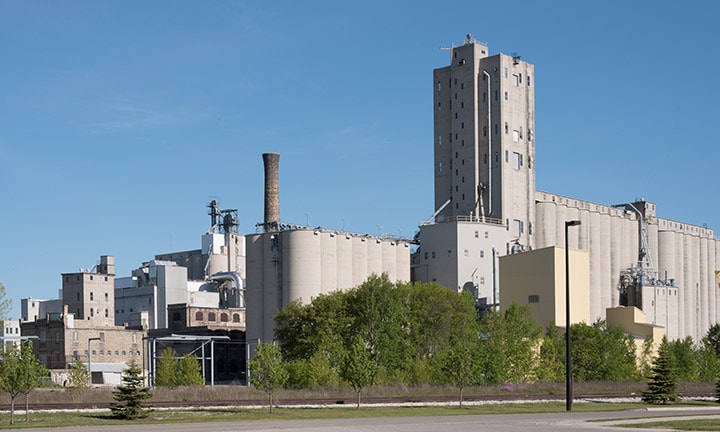
As if being in the malting and craft beer business weren’t exciting enough, five years ago the Briess family made a major move to become a Seed to Specialty business, to take complete control of its barley supply chain and be assured a consistent source of high-quality raw barley.
It began with the acquisition of major barley processing and seed plants in Wyoming, which directly connected Briess with 250+ experienced barley growers. Then four years ago, Briess purchased a large barley processing operation in Wisconsin for cleaning, grading and storing raw barley. Total vertical integration From Seed to Specialty had occurred within the course of 12 months.
You may already know that. But you may not be aware that operations Briess acquired are a lot like Briess. They’re different. They’re distinguished by unique characteristics that qualify them as specialty operations. We like that, and they’re an excellent fit with Briess. To celebrate the fifth anniversary of this unique From Seed to Specialty story, I’ve compiled a list of some of these unique characteristics. I hope you enjoy them. I had to work to keep the list down to 10. Cheers!


The Bighorn Basin in Northern Wyoming produces some of the the highest quality malting barley in the world. We’re not just saying this, and we respect all experienced barley growers producing excellent barley in other regions. But the Bighorn Basin in Northern Wyoming has characteristics that, when combined, make it possible to produce extremely bright, low protein, high yielding barley that malts well and performs well in the brewhouse:
- Hot summer days with lots of sunshine are followed by very cool nights. Barley likes that.
- At an elevation of 4,400′ with less than 6″ of annual rainfall, the Bighorn Basin qualifies as a high plains desert.
- The Basin is surrounded by mountains. Extensive flood irrigation projects provide a constant source of mountain water for barley fields when needed.
- In flood irrigation, furrows (corrugations) deliver water directly to the roots. Irrigation water never hits the canopy or seed heads, greatly decreasing the risk of disease and staining.
- Very experienced barley growers have learned the best times to call for irrigated water for their crops to produce the highest quality malting barley.
- Many grower farms are family owned and operated.
- There are no major competing, commodity crops grown in this regions.
- Briess barley growers like and want to grow barley. It’s an excellent rotation crop for them, especially with dry edible beans and sugar beets—two other major, specialty crops grown in the region. And they especially like growing barley for American Craft Beer. They like knowing where their barley is going, and knowing that craft brewers are as passionate of their craft as the growers are.


The Bighorn Basin barley growing region fits well with the Briess Sustainability Program. Flood irrigation is gravity-fed from mountains to fields. In addition, the largest irrigation project—the Shoshone—is a major supplier of electricity to the Basin. Its power plants generate over 91 million kilowatt-hours of electricity each year. In perspective, in 2015 the average home in the U.S. consumed 10,812 kilowatt hours of electricity. Here in Chilton, high strength wastewater from our brewhouse is transported a few miles up the road to a mega farm digester, where it helps generate a continuous 1.5 megawatts of electricity.

By acquiring the major grain processing and seed plants in Wyoming, Briess has secured the annual production of that barley growing region for American Craft Beer for years to come.

In addition to malt, Briess produces a variety of specialty, natural ingredients including malt extract, gluten-free syrups, brewers flakes, and grain-based ingredients for the food, beverage, and pet food industries. We also have a history of firsts—the first maltster to supply base and specialty malt to American Craft Beer in the early 1980’s; the first maltster to offer 50lb bags of malt to American Craft Beer; and the list goes on.

We have been roasting caramel malts at the Chilton Malthouse since the 1950’s.


The top of the 244′ tall Briess Elevator in Manitowoc houses a Peregrine Falcon nest. The nest attracted its first pair of nesting Falcons in 1998. Since then, Peregrines have produced more than 60 eyasses there.

The 500bbl brewhouse, installed in the late 1990’s to produce CBW® pure malt extract onsite, remains the second-largest operating brewhouse in Wisconsin.

Briess is the only malting company in North American making pure malt extract from its own malt.

The business has been family owned for five generations and more than 140 years.

Remnants of the original Czechoslovakian malthouse, which were vacated by the Briess family when war disrupted operations in the early 1900s, remain. These photos were taken by a Czech historical society.





